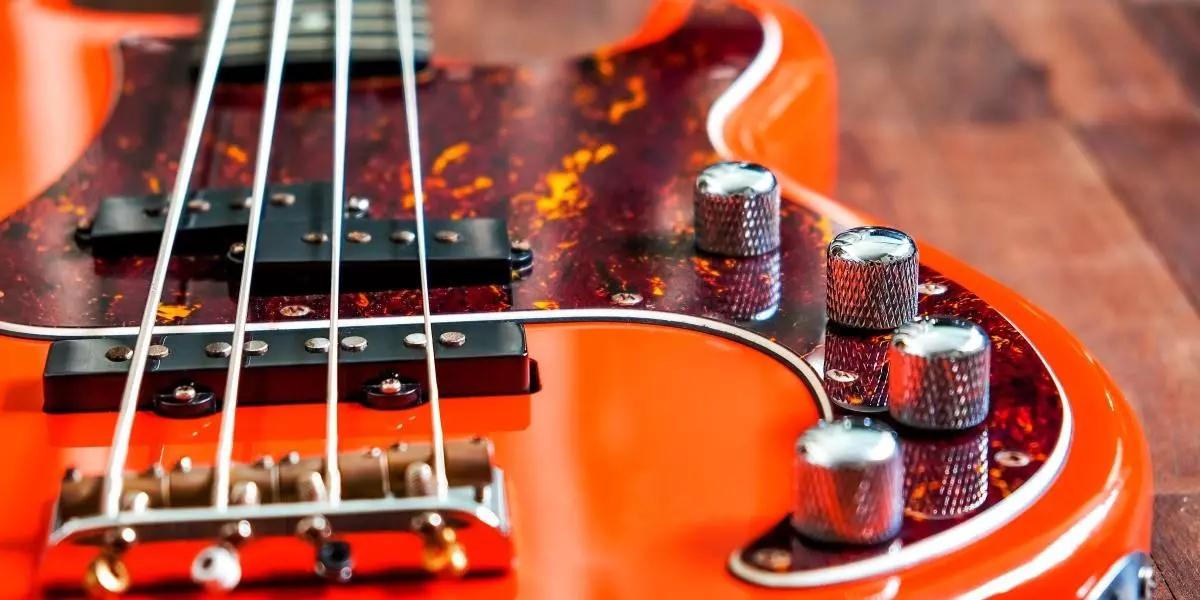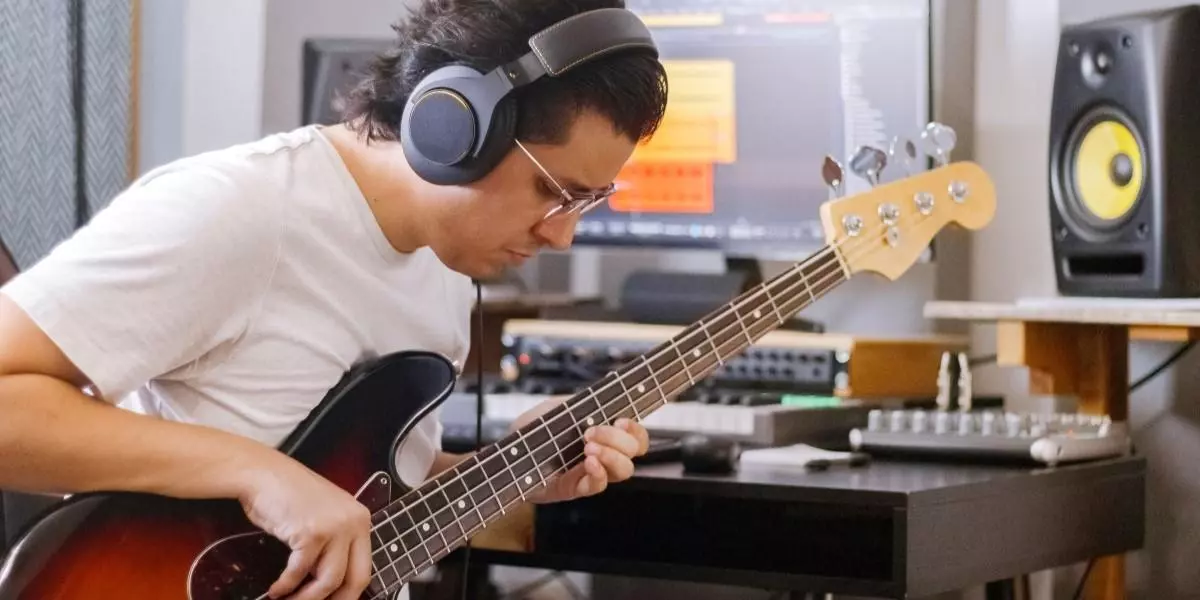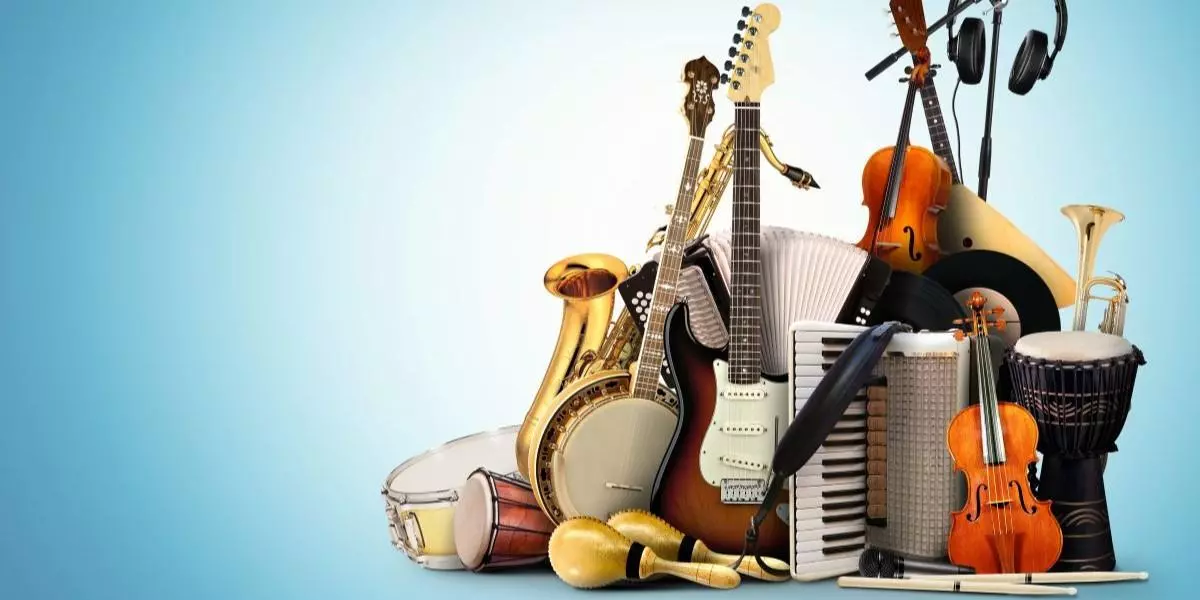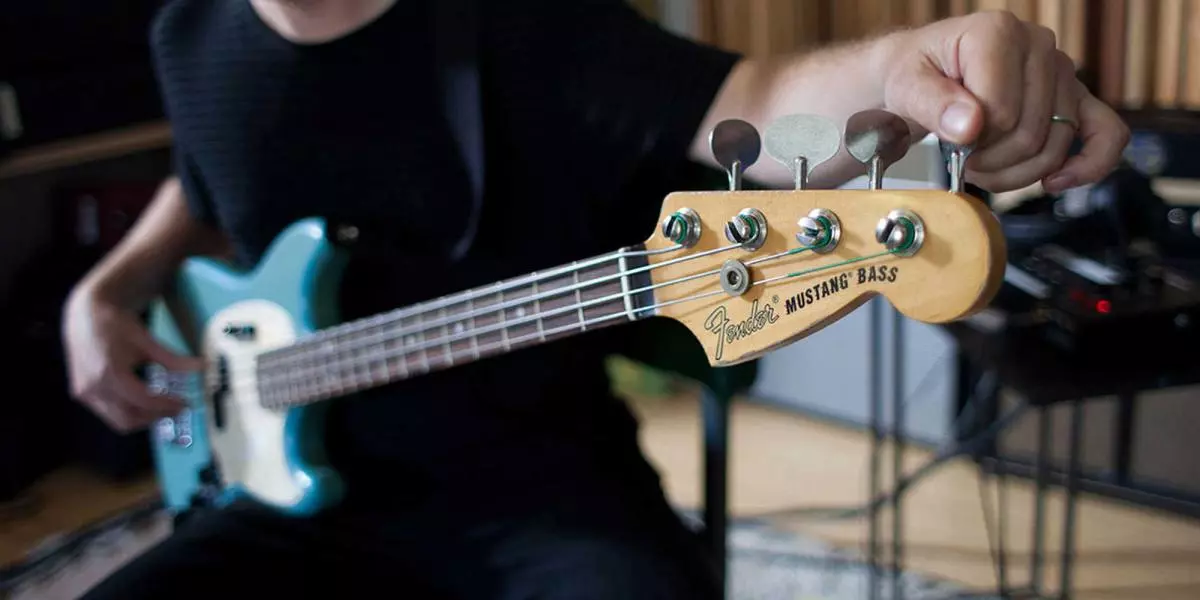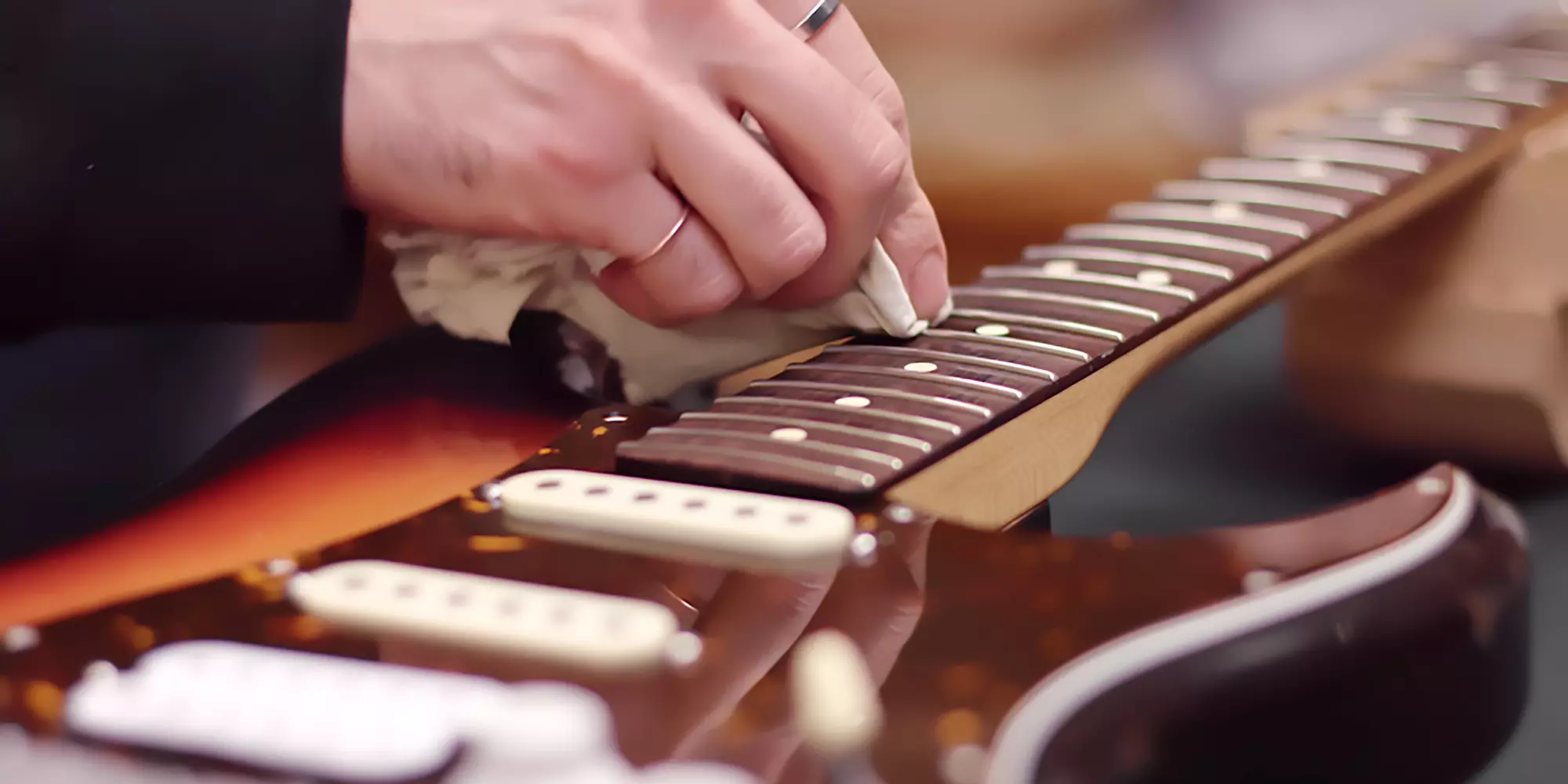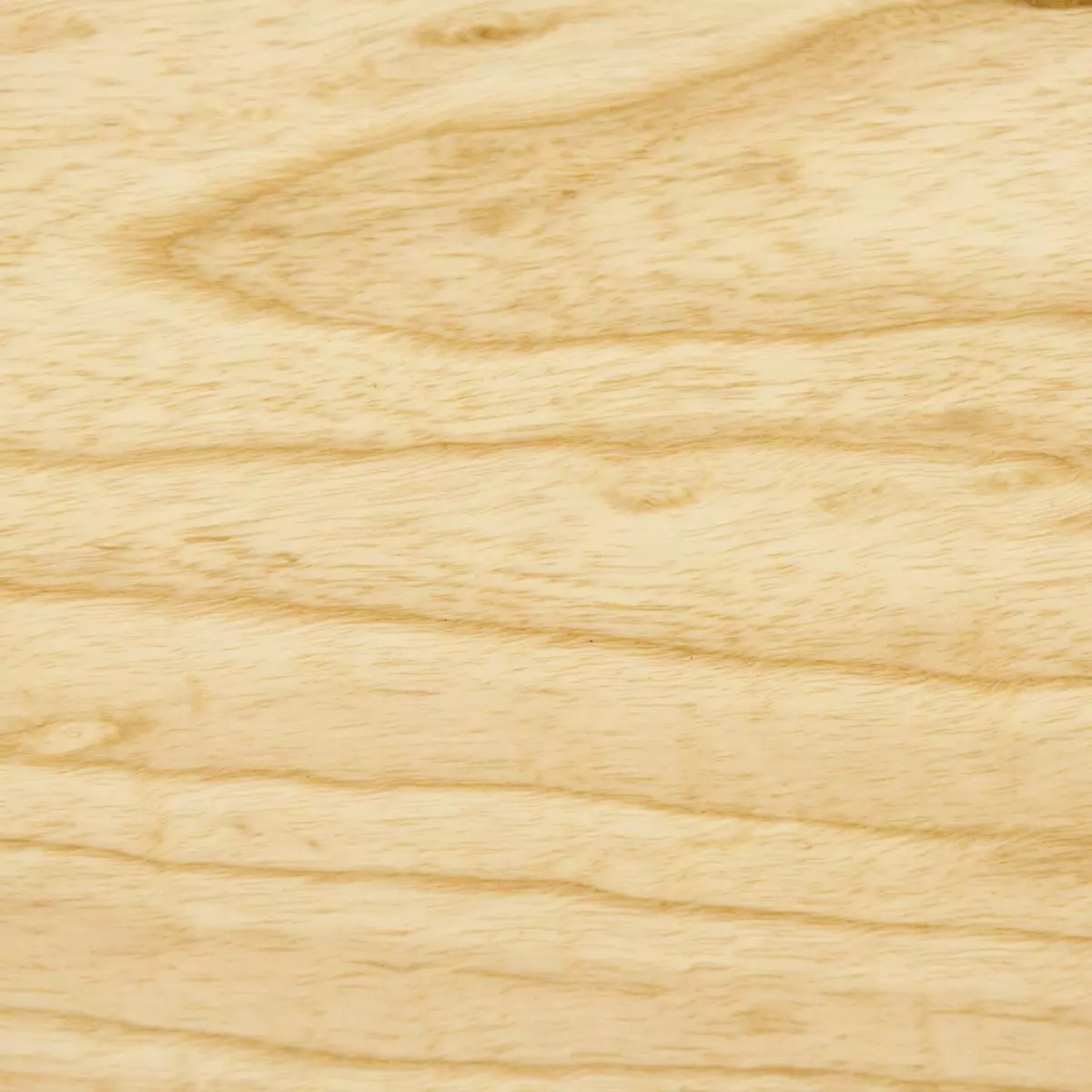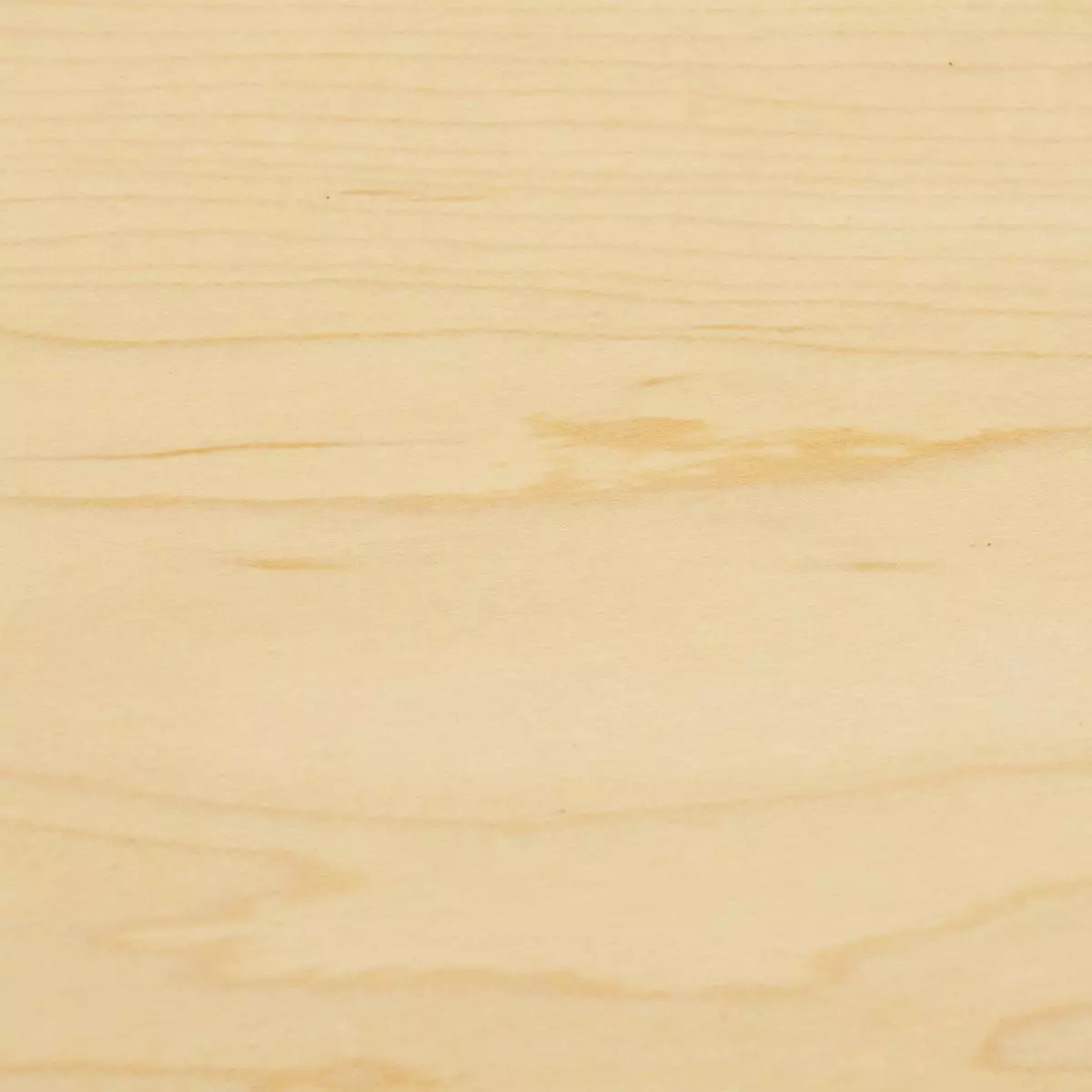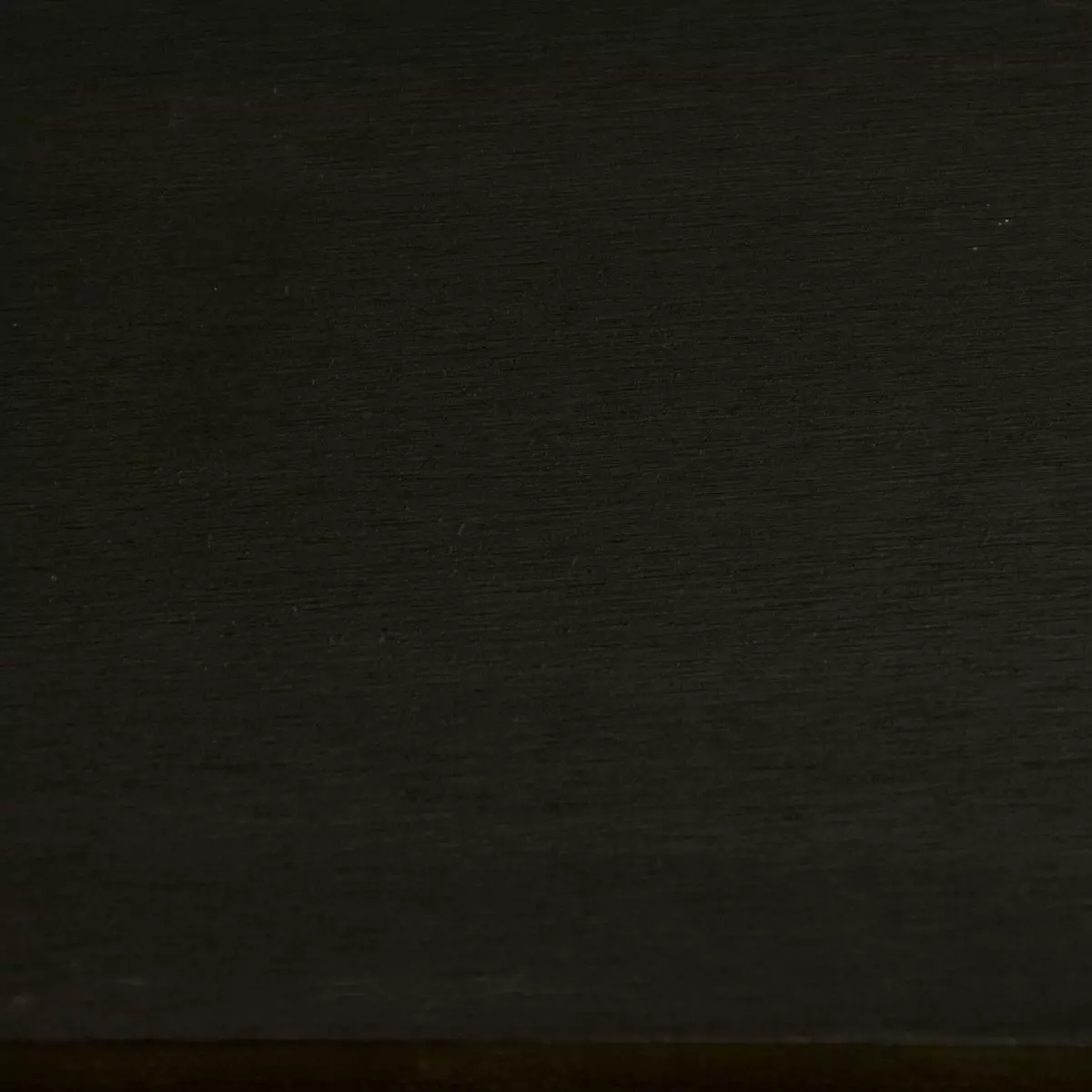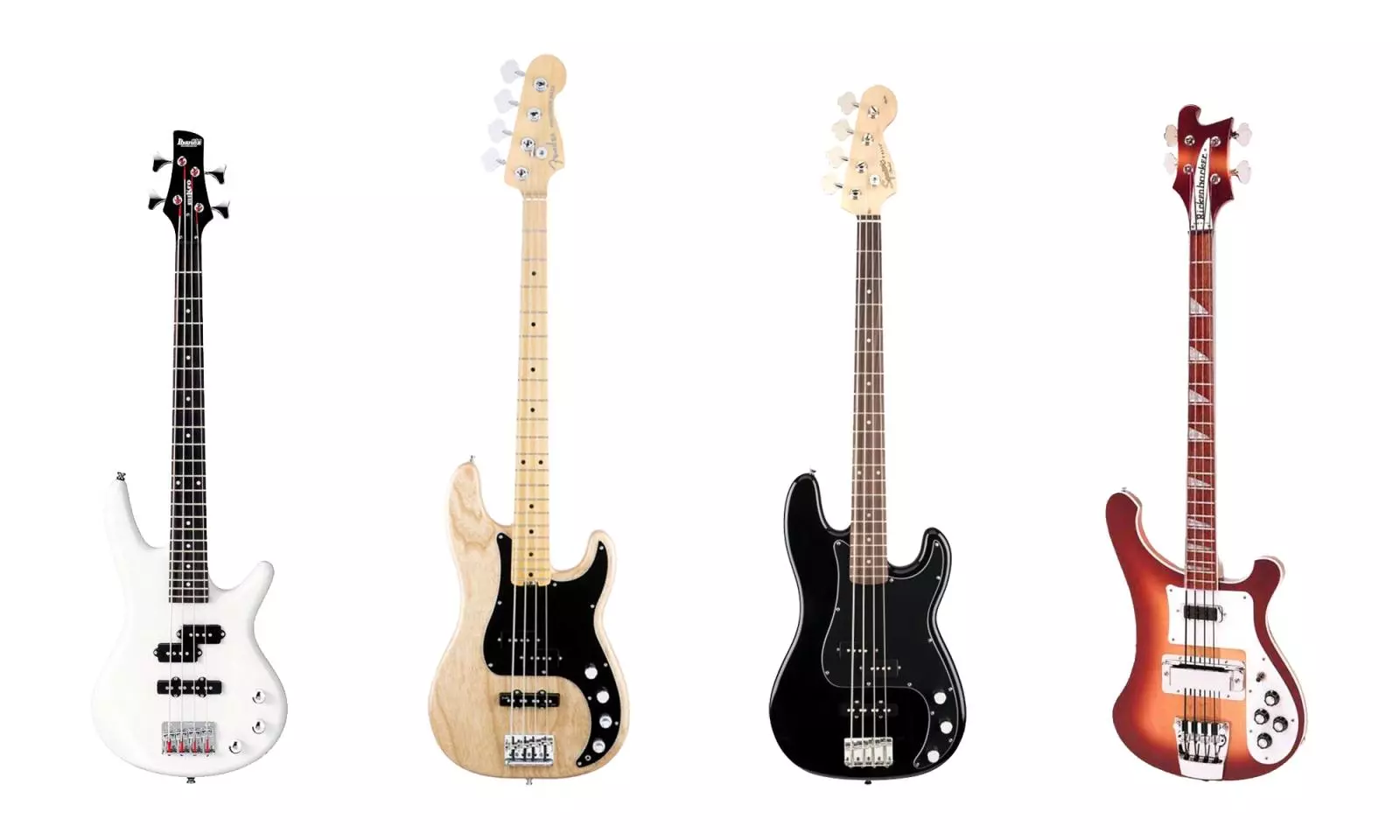The Traditional Tonewoods of Electric Bass
 resized.webp)
The kind of wood that your bass is constructed with is the heart of its tone. While pickups, electronics, and amplification will also shape the sound of your instrument, it all begins with the wood. In the world of bass guitar creation, there are nearly limitless combinations of wood types - but today we will focus on a few of the most common to give you a fundamental understanding.
The first thing you need to know about a wood is that its sound is shaped by its density or hardness. Harder woods are typically more aggressive and brighter sounding, while softer woods are more resonant and warm sounding. When it comes to the sound of wood, there isn’t really correct and incorrect; it’s all personal preference. Your tone is your voice. Some want an aggressive sound, others prefer a warmer sound - and there are many options in between the extremes!
The second thing to know is that the sound of the wood is often similar to its colour. Light-coloured wood sounds brighter (more treble) than dark-coloured wood (more mellow). Ebony would be an exception - a dark wood that sounds bright because it’s extremely hard.
BODY WOODS
NECKS AND FRETBOARDS
COMBINATIONS
Now that you know the basics, we can start having fun with combinations. For the sake of this illustration, we will assume that the basses we talk about all have maple necks (this is the case 90% of the time) so that we are left to choose the wood for the body and fretboard.
The two most common combinations are an ash body with a maple fretboard or an alder body with a rosewood fretboard. Since ash and maple are both hard and bright, when you put them together you get an instrument that is very clear and focused with tight low bass, bright treble, aggressive attack, and a subdued midrange.
Check out our selection of basses here
The classic combination of alder and rosewood provides the opposite sound since both kinds of wood are softer and more resonant; the result is a warm sounding instrument with lots of focus in the low to high midrange without the deep lows and bright highs of the ash/maple combo.
What really gets interesting is when you start combining the hard and softer wood options. When you pair an alder body with a maple fretboard (my favourite combo), you get the warmth of the alder with the brightness and clarity of the maple. When you combine an ash body with a rosewood fretboard, you get the deep and tight lows of the ash with the warmth and resonance of the rosewood.
Learning about wood is a load of fun and I have to credit Michael Tobias’s article “The Quest for Tone” as one of the first places I began to learn about bass construction. I highly suggest to anyone interested in the topic to read it.
Special thanks to Sheldon at Dingwall Guitars for supplying the wood swatch photos.
* * *
Dan Coniglio is a bassist, producer, and manager of Long & McQuade Markham. He is a graduate of the Humber College Jazz performance program and releases original music under the pseudonym Drabbit (https://soundcloud.com/drabbit-2)

